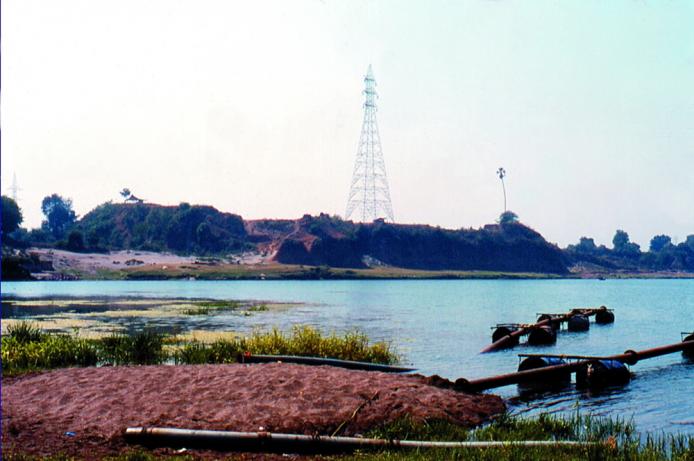Jun 12, 2024
Archaeology of the Astral: Mingling of Astrological and Cosmological Ideas in the Context of Sea Trade between Early Historic India and Roman Egypt (1st c. BCE–5th c. CE)
- 11:00 to 12:30
- Lecture
- Dept. III
- Sunil Gupta
Cross-cultural transmissions of astral and cosmic symbols appear in the archaeological record in the context of maritime trade between India and the Mediterranean World in the BCE–CE transition. Following the Roman conquest of Egypt in 30 BCE, large-scale merchant shipping to India commenced from the Red Sea ports. The Periplus Maris Erythraei, a nautical guide written by an anonymous Greek sailor in the first century CE, tells of Western traders resident at the ports and market towns of India. The Yavanajātaka, a third-century Indian horoscopic text, incorporates elements of Greek astrology, particularly iconographic descriptions of the zodiacs. Horoscopic divinations must have been sought by Roman and Indian merchants to launch ventures out to sea and to quell other uncertainties of commerce. In my illustrated lecture I will present evidence of Indo-Roman zodiac symbols appearing on ancient ring stones, amulets, and sealings. These astral signs were integral to a larger repertoire of artifacts showing auspicious imagery such as the Helios and the omphalos. The renderings were expressive of syncretic techno-cultural traditions forming across the Indian Ocean world in the early centuries CE.
Contact and Registration
This hybrid event is open to all MPIWG members. Please use the following link to register: https://eu02web.zoom.us/meeting/register/u5Asf-uvpjMsHdS7oqeDD8rmGmSqm1BqArmN#/registration (zoom link provided upon registration)

The ancient harbour site of Kamrej on the banks of the river Tapi, western India (3rd century BCE to 5th century CE). Photo by Sunil Gupta.
